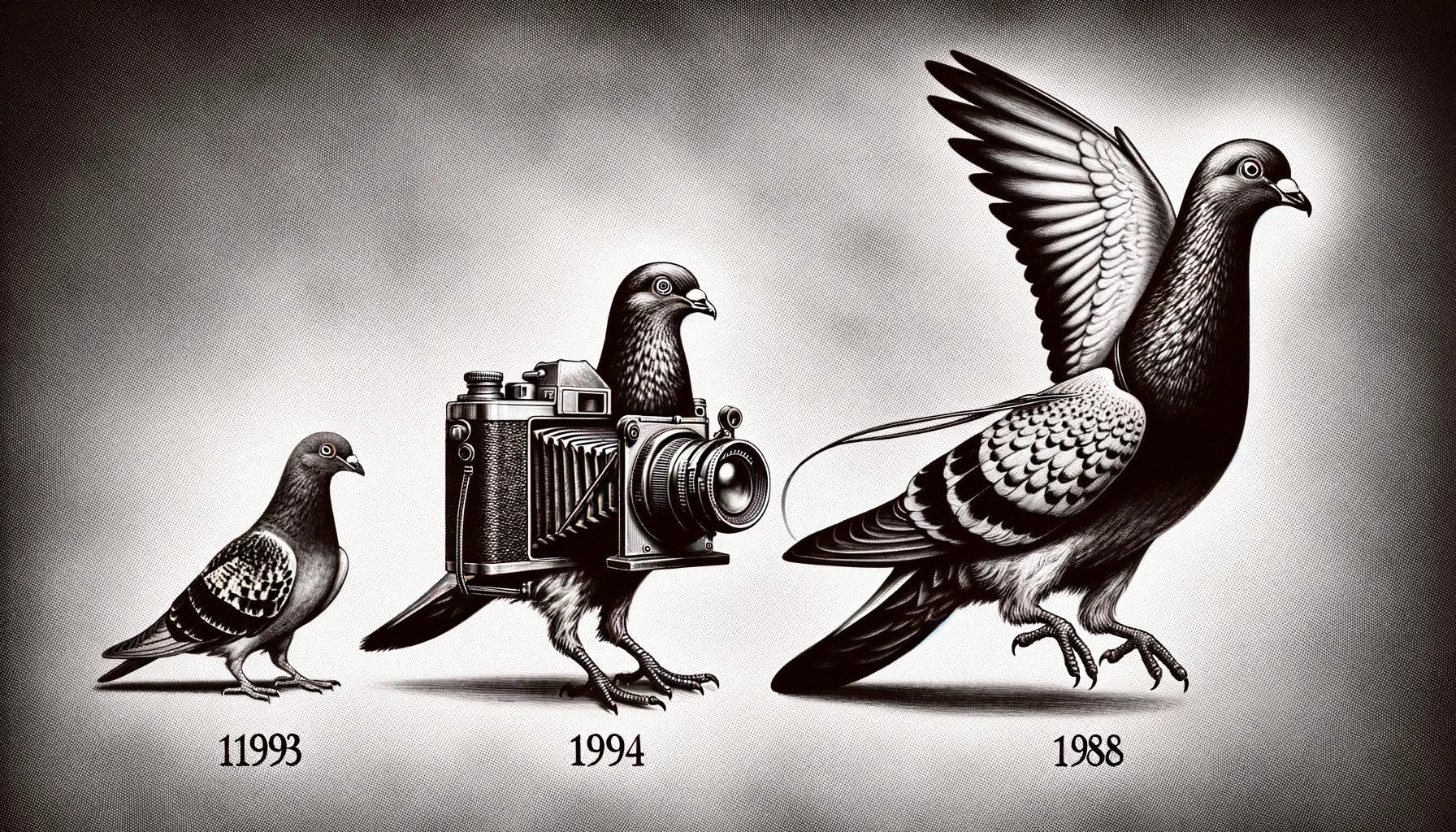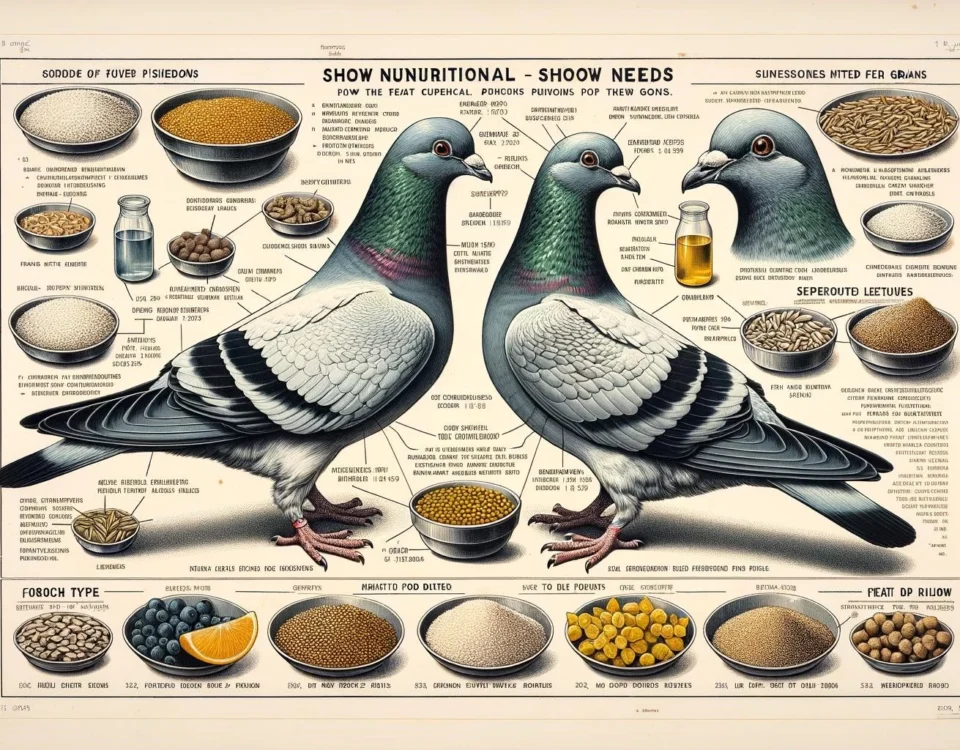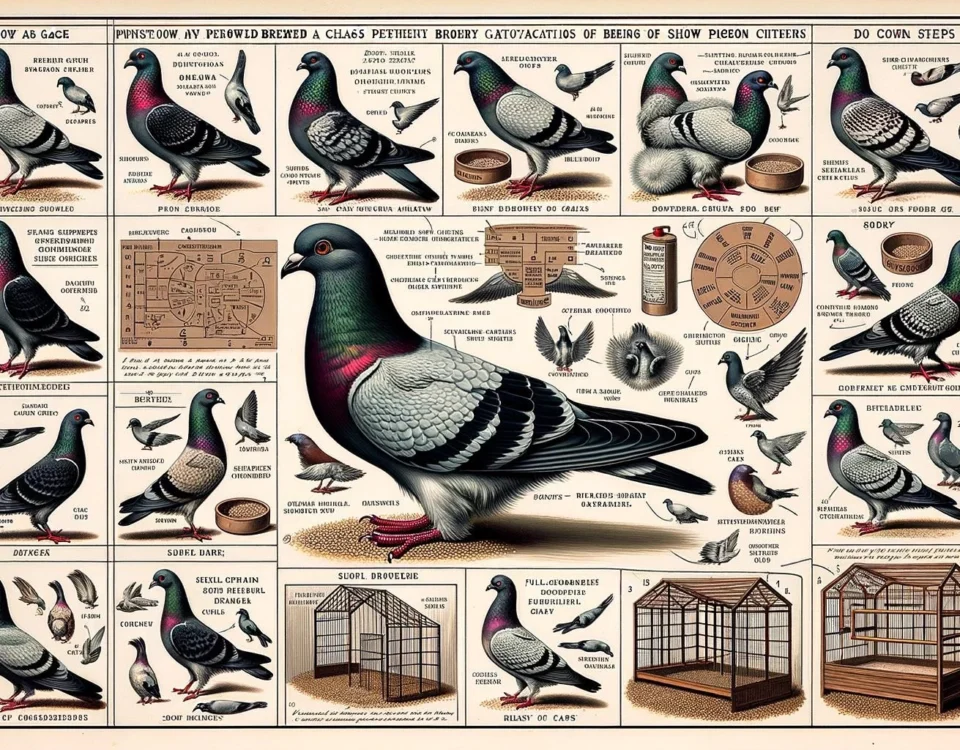With a camera-laden pigeon soaring through the air and a photographer’s focused lens capturing their beauty, pigeons are seen in a new light. This unique perspective from the 1907 invention of Dr. Julius Neubronner allows us to appreciate these birds’ diversity and homing abilities. Delve into the world of pigeon photography, from the early aerial shots by the German apothecary to contemporary studio portraits by Brendan Burden, celebrating the understated elegance of these often overlooked feathered companions.
Key Takeaways
- Pigeon photography is a technique invented in 1907 that involves attaching cameras to pigeons to capture aerial photographs.
- Dr. Julius Neubronner, a German apothecary, pioneered pigeon photography as a way to track his birds.
- Photographer Brendan Burden has taken formal portraits of pigeons in a studio setting to showcase their beauty and challenge the perception of these birds.
- Pigeons are domesticated birds that have been bred for their beauty for thousands of years. They come in a wide variety of colors, shapes, and sizes.
- Pigeons are easy to domesticate and have a friendly nature, making them great companions for humans.
- Pigeons possess a remarkable homing ability, allowing them to navigate over long distances and return to their homes.
Pigeon photography, also known as aerial photography using carrier pigeons, was invented in 1907 by Dr. Julius Neubronner, a German apothecary. Driven by his curiosity to track the flights of his racing pigeons, Neubronner developed a way to attach lightweight cameras to the birds.
Nebbroner’s invention of pigeon photography integrated his two passions: amateur photography and homing pigeons. He created harnesses made of lightweight aluminum and attached portable cameras to them. In order to activate the camera, an air chamber was inflated, which then triggered the camera mechanism to take photographs.
At first, these cameras were wooden models weighing between 30 to 75 grams. Over time, Neubronner improved the design and created lighter versions of the cameras.
Pigeon Portraits: Challenging Perceptions
Photographer Brendan Burden sought to challenge the perception of pigeons as lowly and unattractive birds by taking formal portraits of them in a studio setting. Titled ″Fancy Pigeons,″ Burden’s photographs highlight the beauty and diversity of these birds.
Burden’s project was inspired by a photo he saw of a Jacobin pigeon, which has a unique feathered hood. Intrigued by the bird’s appearance, Burden began researching and discovered a wide variety of pigeons, both wild and domestic, that are beautiful in their own right. He decided to apply formal portrait techniques to showcase their elegance.
To capture these portraits, Burden collaborated with pigeon keepers and built a portable studio using a large show cage. He used strobe lights to illuminate the birds and experimented with different lighting setups to create dramatic effects. The juxtaposition of the formal photography style and the humble subject matter of the pigeons creates a visually interesting and appealing aesthetic.
The Fascination with Pigeons
Pigeons have long been companions to humans and possess unique characteristics that make them intriguing. They are not afraid of humans and can be easily domesticated. Pigeons have a close relationship with humans and have been bred for thousands of years for their beauty.
What sets pigeons apart is their incredible homing ability. These birds can be taken hundreds of miles away from their homes and still find their way back. Scientists are still trying to fully understand how pigeons navigate and return to their homes with such precision.
Although pigeons are often overlooked and seen as common city birds, projects like Brendan Burden’s photography showcase the beauty and variety of these birds. By challenging stereotypes and highlighting their attributes, these projects help humans appreciate pigeons in a new light.









